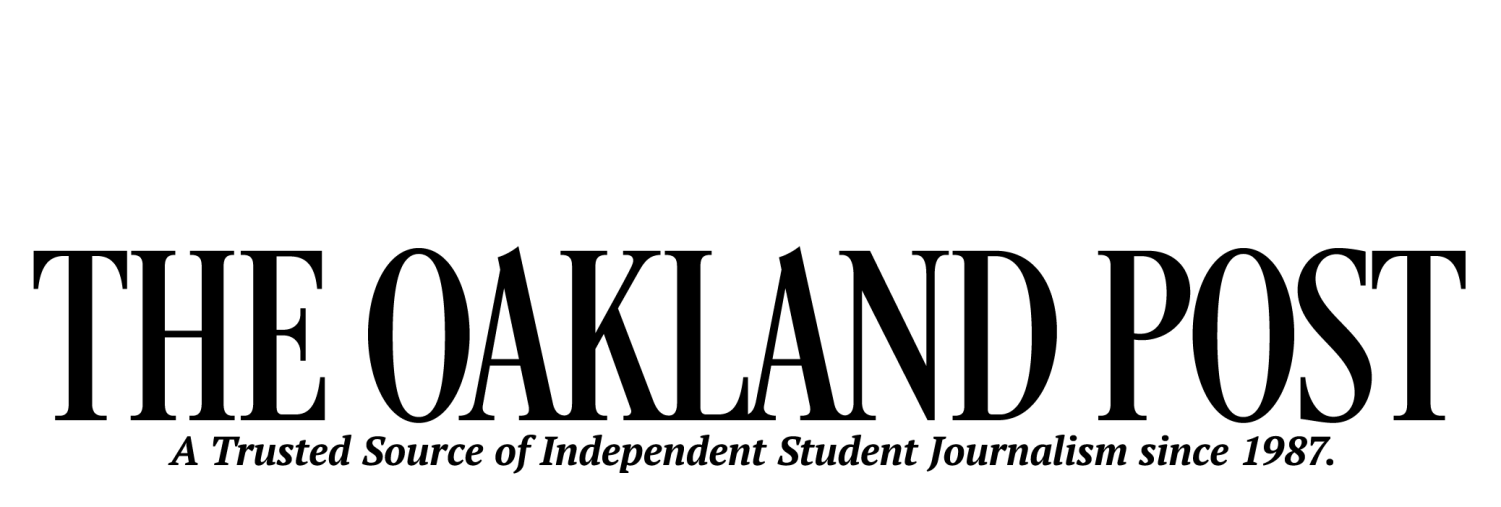U.S. bond rating, unemployment rates decrease
On August of this year, the agency Standard & Poor downgraded the United States bond rating from AAA, to AA+.
According to the U.S. Treasury Department’s website, the current U.S. debt has climbed close to $15 trillion, nearly $10 trillion since the year 2000, when the U.S. debt hovered around $5.5 trillion. The $15 trillion U.S. debt is also the largest in American’s history dating back to 1791.
According to the U.S. Bureau of Labor Statistics, the current unemployment rate in the U.S. is at 9 percent. Comparatively the U.S. unemployment rate in January of 2000 was at 4 percent.
Current president Barack Obama has passed legislation to try to create jobs and bolster the economy. This legislation includes the 2009 stimulus package.
“The government can do two things to try and help the economy,” said Nivedita Mukherji, an economics professor at OU. “The first is to spend money directly into the economy through the use of a stimulus package, for example. The second is to cut taxes.”
When this stimulus packaged was first introduced, the idea was for most of the money to go towards infrastructure.
According to The New York Times, $32.1 billion went toward infrastructure, out of the $787 billion stimulus package.
“Every dime of that money should have been spent on infrastructure,” Mukherji said.
Mukherji said that once the circulation of money begins, it starts to snowball effect that spurs growth.
During the 1982 recession the private savings rate peaked at 11.9 percent, according to the U.S. Department of Commerce: Bureau of Economic Analysis. During the 1991 economic recession the private saving rate peaked at 7.7 percent.
During this last year of this economic down time, the private saving’s rate in the U.S. peaked at 5 percent. The rate in 2000 was 2.1 percent.
If people went out right now and started to spend money again, and had faith that the economy was going to be ok, there would be a definite boost in the U.S. economy, according to Mukherji.








